detail profile mantar c5 8d ushio
Peran Yang Di Mainkan Mantarō Ushio
 The story contrasts the life of...
The story contrasts the life of...The Great White Tower 1966
The story contrasts the life of two doctors, former classmates and now both assistant professors at Naniwa University Hospital in Osaka. The brilliant and ambitious surgeon Goro Zaizen stops at nothing to rise to a position of eminence and authority, while the friendly Shuji Satomi busies himself with his patients and research.
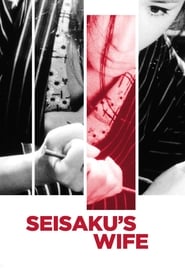 On the eve of the RussoJapanese...
On the eve of the RussoJapanese...Seisaku's Wife 1965
On the eve of the Russo-Japanese war at the beginning of the 20th century, small-town girl Okane has married an old wealthy man to escape a life of poverty.
 Kikuji is the scion of an...
Kikuji is the scion of an...Bonchi 1960
Kikuji is the scion of an Osaka merchant family whose traditional power is matrilineal. Instructed by his overbearing mother and grandmother to give them an heiress for the family business, he stands by helplessly as his wife is thrown out of the house for producing a son. Driven to a life of dissipation - his mistresses also fail to produce daughters - in the end he is just too tired to care.
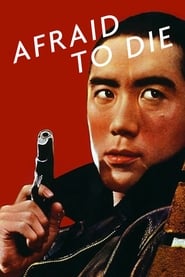 On his release from prison a...
On his release from prison a...Afraid to Die 1960
On his release from prison a young yakuza, along with his brother, decides to turn his back on criminal life instead of taking over the position of his recently deceased father, boss of the Asahina clan. But their exit proves more difficult than planned when their rival clan steps in to exact revenge.
 The first story concerns an attractive...
The first story concerns an attractive...A Woman's Testament 1960
The first story concerns an attractive young woman who works in a Tokyo nightclub. Her plan for a solid financial future has a double whammy. In the second story, a beautiful young woman is employed by an unscrupulous real estate agent to convince male clients to invest in worthless property. The last story is about a widowed geisha who has no real financial worries and who falls in love with a forger.
 Kyoko is the third daughter of...
Kyoko is the third daughter of...The Most Valuable Wife 1959
Kyoko is the third daughter of the Nonomiya family, a very ordinary family. Momoko, the eldest daughter, is married to Ichiro, the president of Mihara Shoji, and Riko, the second daughter, is married to Jiro, the managing director, and they plot to marry Kyoko to Saburo, the third son of the Mihara family. Kyoko is angry at the marriage talk that is being pushed forward without her permission, and declares that she "definitely won't get married," but before she knows it, she begins to become aware of the other person...
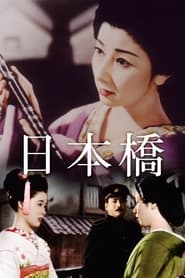 Ichikawas 1956 adaptation of Nihonbashi was the...
Ichikawas 1956 adaptation of Nihonbashi was the...Bridge of Japan 1956
Ichikawa's 1956 adaptation of Nihonbashi was the first to take the work of Kyoka Izumi— until then regarded as a writer of common tragic melodramas—and re-evaluate it as a tanbi-ha work of decadence, aestheticism, and intrigue. Ichikawa's film presents the tragic plot of the young geisha who is unable to enact her love for a man publicly in any way other than a histrionic story of torment, a heart-rending tale of lovers being crushed by fate. Instead, Ichikawa shows the contest of wills that transpires as two geisha, Oko and Kiyoha fight for the top spot in Nihonbashi, the pinnacle of the Tokyo geisha world. Nihonbashi is an elegant, if steely, exposition of manners. The young doctor, Shinzo Katsuragi, is the object of affection for both women, but appears to be more the choice reward for the plotting and thieving of these two early modern superwomen, than a lover they swoon over.
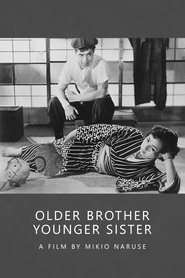 The eldest daughter of a rural...
The eldest daughter of a rural...Brother and Sister 1953
The eldest daughter of a rural family Mon returns home from Tokyo pregnant after an affair with a college student Kobata, which causes a scandal that will threaten the marriage prospects of the younger sister San, in her cash-strapped family. The ill-tempered eldest brother Inokichi decides to take on the role of disciplinarian, with harrowing results.
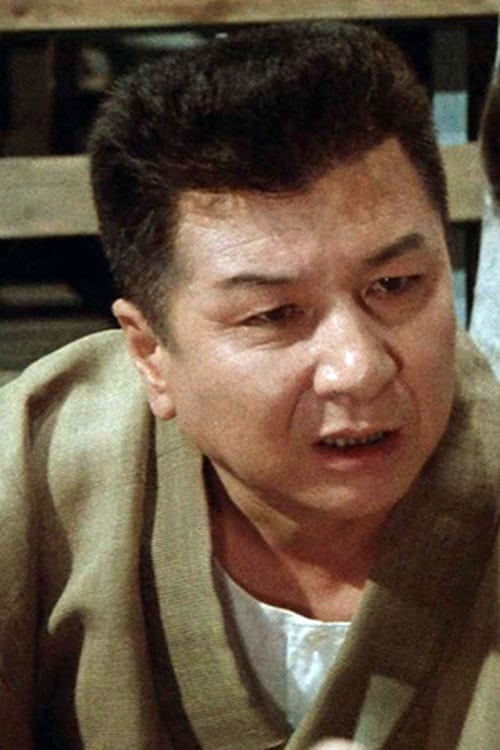
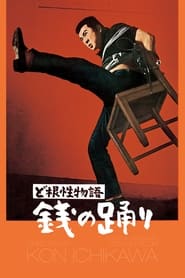 Machida Shintaro Katsu is in constant...
Machida Shintaro Katsu is in constant... The days leading up to a...
The days leading up to a...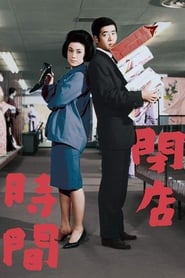
 Ushimatsus father told him never to...
Ushimatsus father told him never to...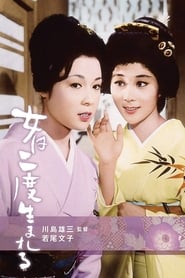 A young girl is rigorously trained...
A young girl is rigorously trained... When a theater troupes master visits...
When a theater troupes master visits... In the closing days of WWII...
In the closing days of WWII... A middleaged husband of a younger...
A middleaged husband of a younger... Nishi is an advertising executive for...
Nishi is an advertising executive for...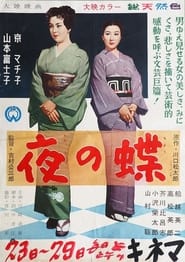 A traditional bar mistress in Kyoto...
A traditional bar mistress in Kyoto... Following the tragic death of his...
Following the tragic death of his...